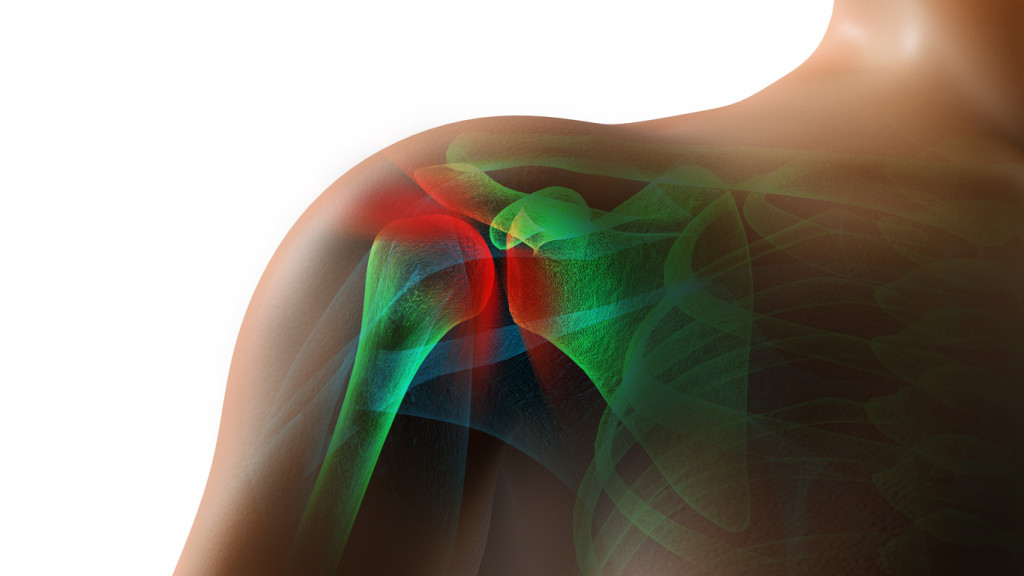What is the rotator cuff?
The rotator cuff consists of 4 muscles: the supraspinatus, infraspinatus, subscapularis and teres minor. These act to provide dynamic stability and control the position of the humeral head of the arm relative to the glenoid fossa of the scapula during motions ranging from throwing to performing activities of daily living.
What are the risk factors for rotator cuff injuries?
Shoulder pain and injuries that involve the rotator cuff are common and responsible for approximately 75 – 80% of shoulder related conditions. They are classified into 2 major categories: acute and chronic. Acute injuries are most commonly caused by accidents such as falls, overstretching or pushing against overwhelming loads that lead to rotator cuff tears. Chronic rotator cuff injuries are worsening over time and are often caused by repetitive movements such as overhead throws, but they can also occur due to degeneration or bone spurs. They can start off as a muscle sprain/strain and eventually progress to a tear.
WHAT ARE THE SYMPTOMS?
ACUTE
- Snapping sensation in the affected area
- Severe pain
- Loss of motion
CHRONIC
- Increased pain over time, especially at night
- Increased pain after activities involving the rotator cuff muscle group
WHAT ARE THE TREATMENT OPTIONS?
NON-SURGICAL
- Rest and a limitation of overhead activities
- Ice and over-the-counter painkillers to reduce pain and swelling in the acute phase
- Exercise programming to restore strength and range of motion
- Cortisol injections if rest, medication and exercise cannot relieve the pain
SURGICAL
If pain does not decrease despite all non-surgical treatment options over the course of 6 – 12 months, your physician might suggest surgical treatment.
Prevention strategies
It is important to include an exercise protocol that focuses on regaining strength and flexibility. These should be performed on a regular basis for a minimum of 6 weeks. Soft tissue work using a foam roller can be helpful to restore muscular imbalances around the shoulder area and is most effective when performed before the stretching routine. Maintaining good posture during everyday activities will also help prevent the development of muscular imbalance and thus rotator cuff problems. Discuss these options with your health care professional to determine which would be the best treatment approach for you.

